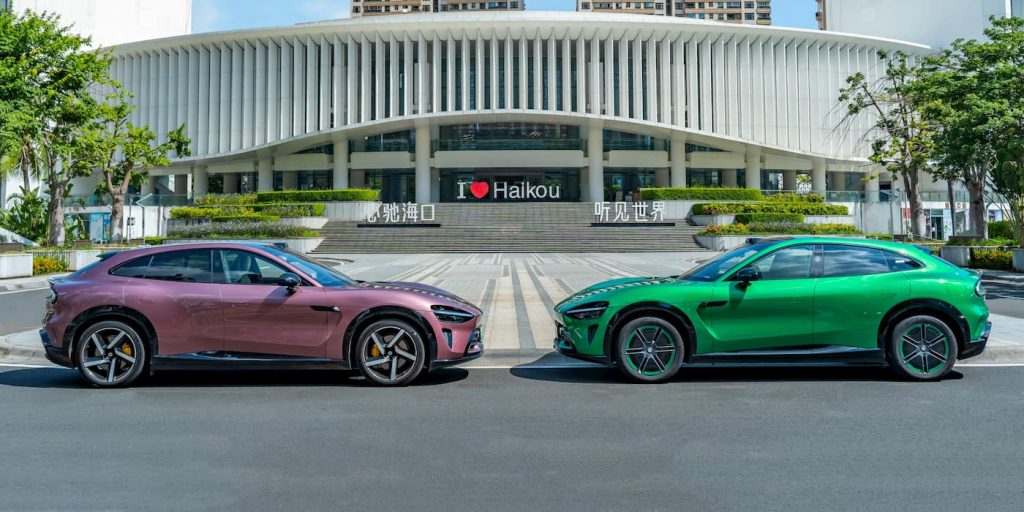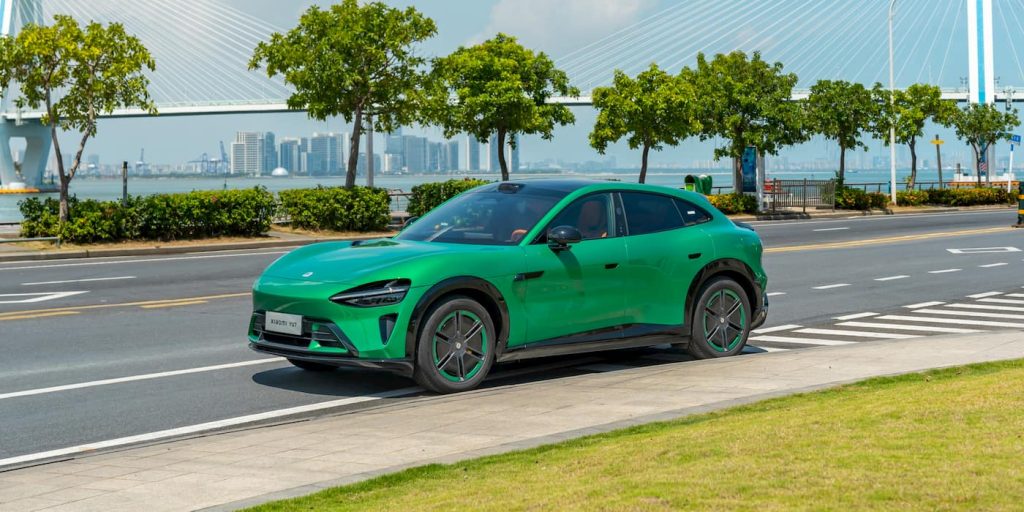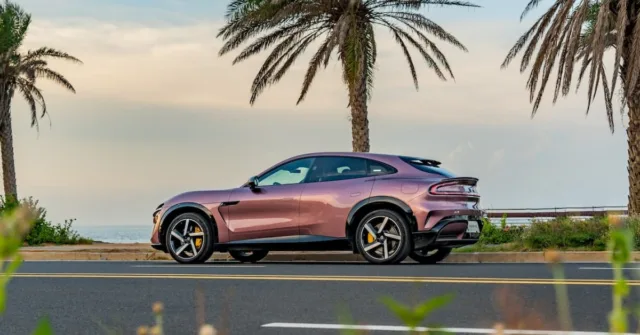
The Xiaomi YU7 offers a longer driving range than the Tesla Model Y, more advanced tech, and it’s cheaper. With wait times for the Chinese EV extending over a year, the company’s CEO told buyers to check out rivals if they need a car quickly.
The Chinese EV buyers are waiting over a year for
After unveiling the YU7 in June, the electric SUV secured about 240,000 orders within 18 hours. According to the China Automotive Technology and Research Center (via Bloomberg), that’s nearly the 265,400 vehicles Tesla sold in China in the first half of the year.
Xiaomi’s first electric vehicle, the SU7, has already had a major impact on Tesla Model 3 sales in China. Now, the YU7 is rolling out, and it’s aimed squarely at the Model Y.
Similar to when Tesla launched the Model 3 in China, buyers are waiting over a year in some cases for their new vehicle. Some early Model 3 customers waited three years in 2016.
Xiaomi, often referred to as the “Apple of China,” has made an impressive debut in the world’s largest electric vehicle market.

The entry-level “Standard” YU7 starts at 253,500 yuan ($35,300) and offers a driving range of 835 km (519 miles). In comparison, the base Tesla Model Y RWD starts at 263,500 yuan ($36,700) with a CLTC range of 593 km (368 miles).
Xiaomi’s electric SUV is also based on an 800V architecture, enabling it to recharge to 80% in just 13 minutes. The Model Y, based on a 400V architecture, recharges from 20% to 80% in 18 minutes.

Long driving range, fast charging, and smart tech
Tailored for Chinese buyers, the YU7 is loaded with advanced tech and smart features, including a 16.1″ central infotainment and a 56″ head-up display (HUD). With the tech giant’s integration services included, drivers can connect over 1,000 Xiaomi smart home devices.
With long-range capabilities, fast charging, and a premium, feature-rich interior, the YU7 is winning over EV buyers in China.


So much so that Xiaomi can’t keep up with demand. According to the Xiaomi app, the wait time for the YU7 is at least 56 to 59 weeks. The long wait times prompted the company’s CEO, Lei Jun, to recommend rivals if they need the vehicle immediately.
“If you need to buy a car quickly, other China-produced new energy vehicles are pretty good,” Lei said in a recent social media post. He recommended the XPeng G7, Li Auto i8, and even the Tesla Model Y.

The wait times have led to a surge of customer complaints on Chinese platforms. On 12365auto.com, the YU7 was among the top 20 models with 95 complaints, primarily due to long wait times.
According to the Bloomberg report, it hasn’t deterred all buyers. A YU7 buyer from Beijing, who placed his order a day after it launched, initially had a wait time of 26 to 29 weeks on the app. After a month, it was still 24 to 27 weeks.
Although he considered the Tesla Model Y, he didn’t like the look of the new headlight design. “Xiaomi and Tesla each have their advantages, and Tesla’s very capable after being around for so many years,” he added, “But for me personally, I prefer something that looks good.”
Electrek’s Take
Even after ramping production of the refreshed Model Y and offering record discounts across its lineup, Tesla’s deliveries in China fell 11.7% year-over-year in the second quarter to just 128,803.
With Xiaomi ramping up YU7 output, is Tesla in trouble? And it’s not just Xiaomi. Several Chinese EV makers are launching more advanced, longer-range, and more affordable models.
After launching its new flagship SUV under its Onvo sub-brand, NIO’s CEO William Li claimed the L90 was among the top three best-selling large SUVs in China. NIO, Xpeng, Li Auto, and many more are fighting for market share with BYD, which has been dominating the market with low-priced models. BYD is expanding into new segments with luxury SUVs, electric supercars, and super sedans rolling out.
Can Tesla keep up? It might be tough with cheaper, more advanced options now available.








